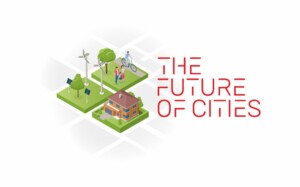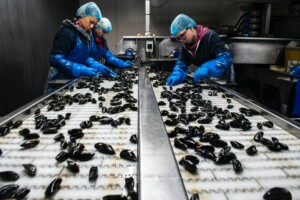How People Power Delivers Community Energy Schemes
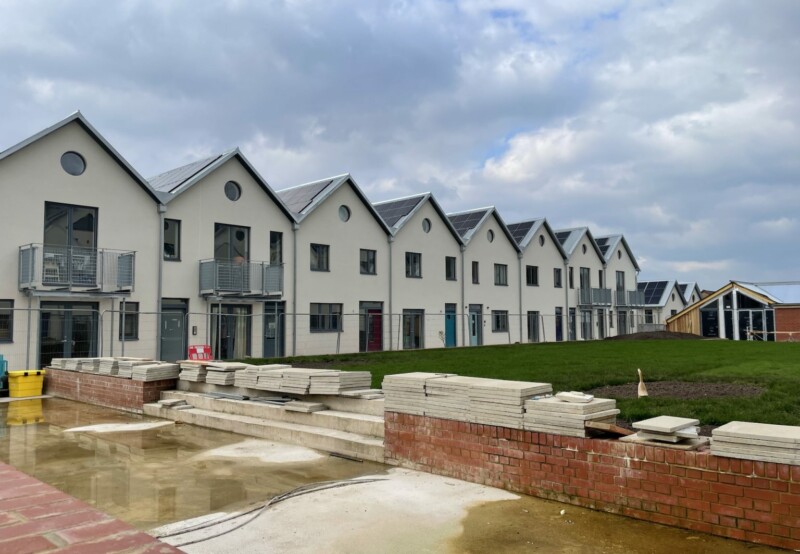
Share this
‘People here are really energy conscious,’ says Richard, who moved into his self-build eco-home with his wife and daughter last May. ‘We’ve got the opportunity to be part of this kind of experiment and I feel pretty positive.’
He’s referring to a microgrid that’s being wired up to all 33 homes on his Lawrence Weston estate, on the northwestern edge of Bristol. It’ll reduce his and his neighbours’ reliance on the national grid, and at times the site will be completely energy self-sufficient.
On a sunny day, it’s expected that most of the energy generated on the Water Lilies housing development will be drawn from the large solar panels on the houses’ roofs. When there’s not enough solar energy, a large Tesla battery will serve the local demand.
The homes and their solar panels will be connected to the battery system, which will be charged with any solar energy the residents don’t use. Basically, if your neighbour is on holiday, the renewables their house generates won’t go to waste.
Those behind the scheme reckon this technology, if rolled out at scale, could contribute to a vital shift towards green energy, necessary if the UK is to meet its net zero targets, which it’s on track to miss.
The community grid will also save residents money on their bills, which, considering the soaring cost of energy we saw over the winter, was obviously music to residents’ ears. Just how much they stand to save, though, isn’t yet clear.
Only when the battery runs out will the site draw energy from the national grid. As all the houses are efficient, with Grade A energy performance ratings, the need for this will be minimal.
‘A lot of the time, [the estate] will be almost like an ‘energy island’,’ says Andy O’Brien, co-director of Bristol Energy Cooperative (BEC), a not-for-profit organisation that distributes funds raised from its energy projects in the local area.
BEC is funding the microgrid scheme, which does sound amazing: cheap, clean energy that’s generated and consumed locally. But the problem is it only benefits the privileged few who can afford to fork out on and own an eco-home on the site, which is in one of Bristol’s poorest areas.
Surely, to truly harness the power of community energy, it should benefit everyone? Confronted with this, O’Brien says the idea is that this microgrid system, if it works, will be a test bed for larger projects in the future that benefit the wider community.
But it’s not like this technology is new – so what’s the hold up?
In the late 1990s, the residents of a tiny Scottish island set out on a project that provided a model for sustainable community energy, using a similar system.
Completely cut off from the national grid, the Isle of Eigg relied largely on noisy and expensive diesel generators that ran for only a few hours a day. So the residents attempted to electrify the island, connecting everyone to an independent power grid that would provide them with clean, renewable energy around the clock.
The islanders formed their own energy company, and in 2008 they launched what was hailed as the world’s first community ‘microgrid’ system powered by wind, water and solar. The project enabled them to halve their energy use and generate 90 per cent of their electricity from renewable sources.
So why can’t we just scale up their Eigg model? The main issue, as always, is funding.
The Eigg project cost about £1.66 million and was largely funded by the European Union’s Regional Development Fund. Without this, the scheme might not have been possible, and community groups looking to replicate or build on the model have to get creative.
In Bristol, the Water Lilies microgrid was funded largely by share offers from BEC members, which enabled the co-op to pay for the scheme’s different elements, including the solar panels, networking and the Tesla battery.
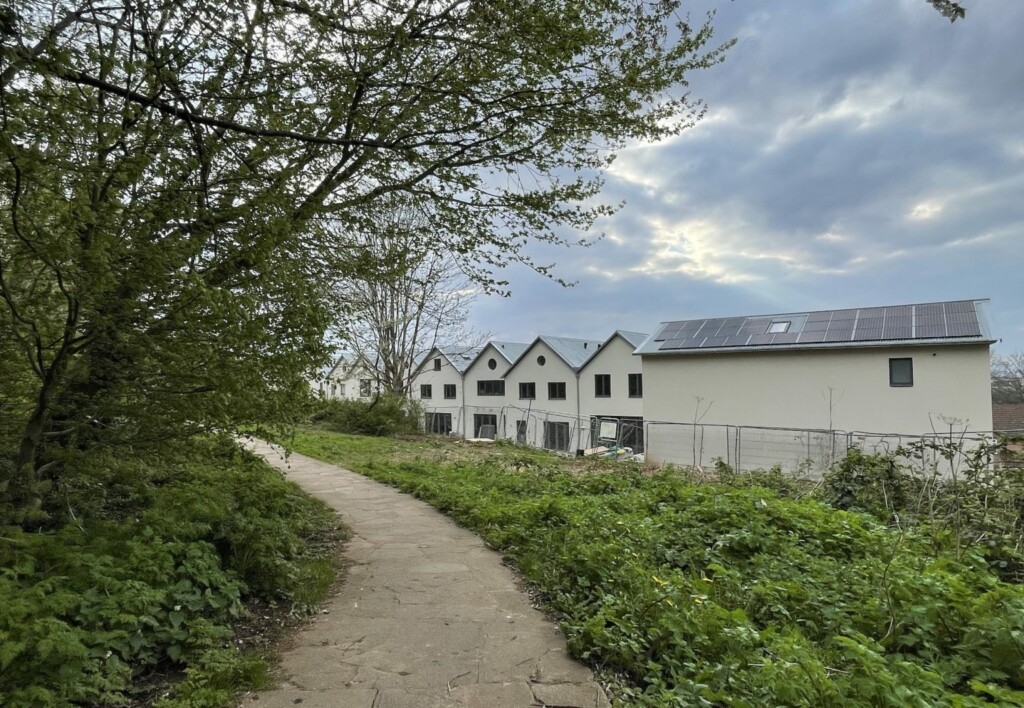
‘To have a serious impact, all this stuff only really works if you do it at scale,’ admits O’Brien, adding that the UK is on track to fail to meet its 2030 net zero targets. ‘In comparison to new-builds [like Water Lilies], retrofitting homes is much harder to do. But we need to do it, and that’s why we and a number of partners across the city [are] looking at how to do that.’
But there needs to be a major attitude change toward renewable projects at national level, he says. ‘[Politicians] wheel this out to say that we still need fossil fuels, when it’s just not true,’ he says, pointing to new research showing that the government has given £20 billion more in support for fossil fuel producers than those of renewables since 2015.
‘The sad thing is, it’s not the technology that’s the issue,’ O’Brien says. ‘There’s so much we could do if we had a better system, where the money available was going to the right places – not fossil fuel companies.’ O’Brien says, however, that at regional level there are opportunities in the pipeline.
In December 2022, Bristol City Council approved a two-decade project with City Leap, a partnership between the local authority and American renewable energy company Ameresco Ltd, paving the way for hundreds of millions of pounds to be invested into the city’s heat networks, retrofit and other renewable projects.
And elsewhere in Bristol – actually, it’s only a stone throw away – there’s another energy project that’s making headlines: England’s largest wind turbine, which is under construction in Avonmouth. Owned and managed by a community group, the revenue its energy production makes will be used to support the local area. Water Lilies residents will see it from their windows.
For the community, the wind turbine will be a financial asset, selling the energy it generates to the national grid. The turbine is expected to raise upwards of £100,000 a year for Lawrence Weston, revenue that will be spent supporting the area’s residents worst hit by the energy crisis, on things like draught-proofing homes and boosting emergency funds.
The project was financed largely by Thrive Renewables, a renewable energy investment company, which provided £4 million. Other funders included Bristol City Council, the West of England Combined Authority and BEC, which supported the scheme with income from a solar farm project.
The ambitious scheme attracted attention not just because of its size, but also because those behind it were able to overcome notoriously tricky planning hurdles – requirements introduced by former prime minister David Cameron, which have made onshore wind farms a rarity – to get it off the ground.
Mark Pepper, who founded the community group, Ambition Lawrence Weston, told the Guardian: ‘It is a massive achievement that we’ve managed to pull off as an impoverished community… I’m hoping it will give confidence to people that they can achieve things, confidence that they’ve got a better, brighter future and a stronger connection with the climate emergency.’
A big achievement, yes, but the financial benefits to the local community rely on the revenue made from selling energy to the national grid rather than powering the local area directly. So power isn’t completely in their hands.
The people of Lawrence Weston will still stand to pay unpredictable costs to large energy companies. The community group that generates the energy still stands to be underpaid for their energy.
So, while these impressive Bristol schemes could make a small difference, there’s still potential to be unlocked – potential that relies heavily on a change to the political system that makes it so difficult for these community-led projects.
But there was a glimmer of hope this year, when the House of Lords voted through amendments to the government’s Energy Bill that campaigners say marked a momentous day in the world of community energy.
The amendments were based on a bill put forward by community energy campaigners Power for People, which they say would allow community energy schemes to sell their clean, renewable power to local people – and provide a guaranteed price for electricity. As of June 2023, the House of Commons had yet to vote on these amendments.
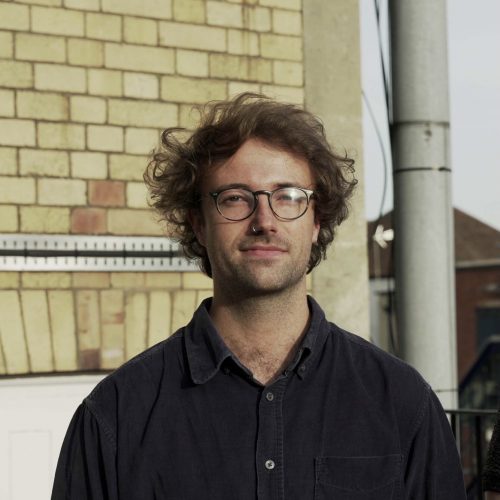
Sean Morrison is a reporter for
This article appears in Bristol 650: Essays on the Future of Bristol, a book bringing together essays from over 30 contributors, addressing some of the challenges the city faces and sharing ideas about how we might meet them. From dealing with the past, the future of social care, culture and housing to building a city of aspiration, the book looks to promote learning about the future of Bristol and encourage new ideas to come forward.
Free copies of Bristol 650: Essays on the Future of Bristol will be available at selected Festival of the Future City events in October 2023, or you can find articles featured in the book at bristolideas.co.uk/bristol650book.
